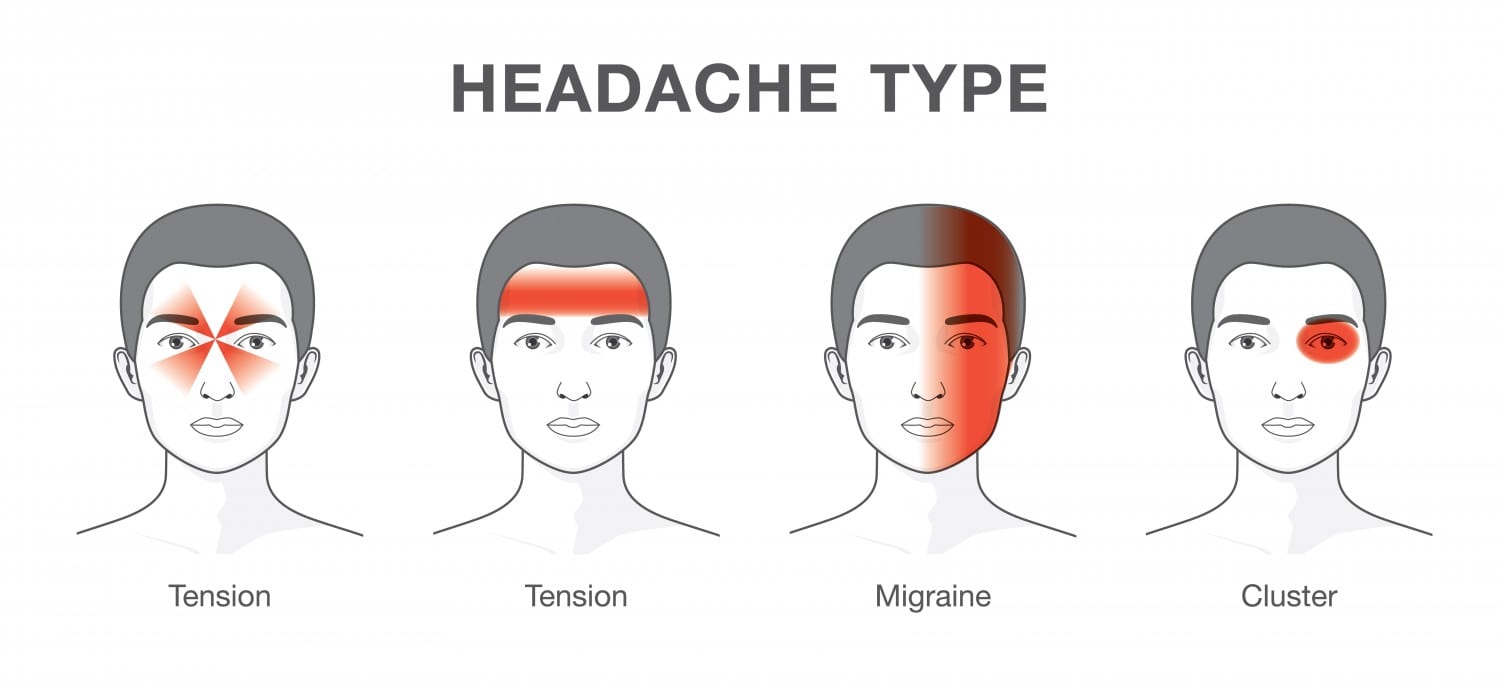What Causes Headaches?

The pain you feel during a headache comes from a mix of signals between your brain, blood vessels, and nearby nerves. Specific nerves in your blood vessels and head muscles switch on and send pain signals to your brain. But it isn’t clear how these signals get turned on in the first place.
Common causes of headaches include:
Illness. This can include infections, colds, and fevers. Headaches are also common with conditions like sinusitis (inflammation of the sinuses), a throat infection, or an ear infection. In some cases, headaches can result from a blow to the head or, rarely, a sign of a more serious medical problem.
Stress. Emotional stress and depression as well as alcohol use, skipping meals, changes in sleep patterns, and taking too much medication. Other causes include neck or back strain due to poor posture.
Your environment, including secondhand tobacco smoke, strong smells from household chemicals or perfumes, allergens, and certain foods. Stress, pollution, noise, lighting, and weather changes are other possible triggers.
Genetics. Headaches, especially migraine headaches, tend to run in families. Most children and teens (90%) who have migraines have other family members who get them. When both parents have a history of migraines, there is a 70% chance their child will also have them. If only one parent has a history of these headaches, the risk drops to 25%-50%.
Doctors don’t know exactly what causes migraines. One theory suggest that a problem with the electric charge through nerve cells causes a sequence of changes that cause migraines.
Too much physical activity can also trigger a migraine in adults.